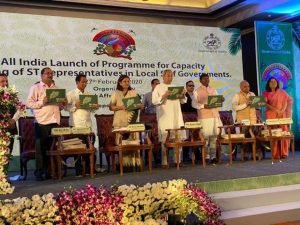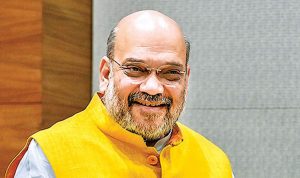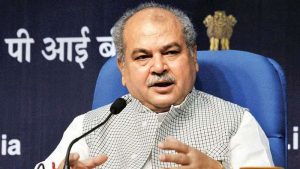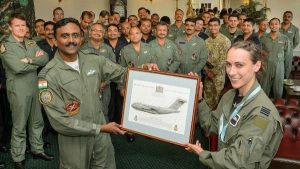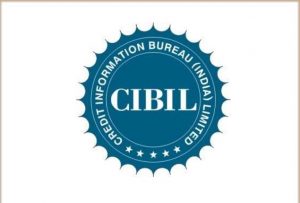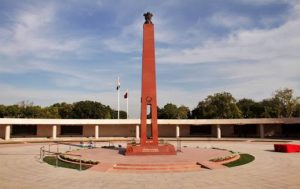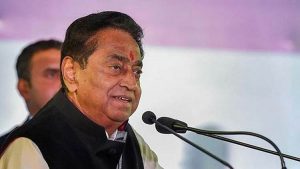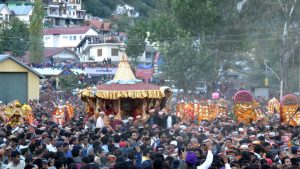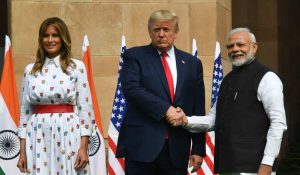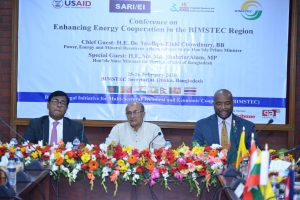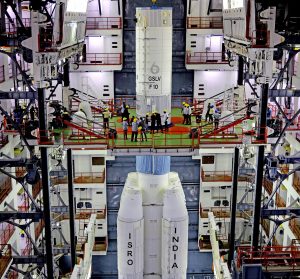VisionIAS
08:14

📰 Cabinet approves surrogacy Bill
Bill will benefit widows and divorced women besides infertile Indian couples.
•The Union Cabinet on Wednesday approved the Surrogacy (Regulation) Bill, 2020, allowing a “willing” woman to be a surrogate mother and proposing that the Bill would benefit widows and divorced women besides infertile Indian couples.
•The Cabinet approved the Surrogacy (Regulation) Bill after incorporating the recommendations of a Rajya Sabha Select Committee, Minister Prakash Javadekar said at a press conference on Wednesday.
•The 15 major changes suggested by the 23-member committee to the Surrogacy (Regulation) Bill, 2019, also included deleting the definition of “infertility” as the inability to conceive after five years of unprotected intercourse on the ground that it was too long a period for a couple to wait for a child.
•“The Bill is aimed at banning commercial surrogacy and allowing altruistic surrogacy”, said Mr. Javadekar.
•Union Minister for Women and Child Development Smriti Irani added that only Indian couples can opt for surrogacy in the country.
•The Bill proposes to regulate surrogacy by establishing a National Surrogacy Board and State Surrogacy Boards and appropriate authorities in the States and Union Territories respectively. The proposed insurance cover for a surrogate mother has now been increased to 36 months from 16 months earlier.
📰 When to call in the Army
Armed Forces are called in by civil power when public security is in “manifest danger” from an unlawful assembly
•The Armed Forces are called in by the civil power when public security is in “manifest danger” from an unlawful assembly which is refusing to disperse despite the efforts of police forces.
•The procedure for use of Armed Forces to disperse a mob bent on violence is provided in Sections 130 to 132 of the Code of Criminal Procedure (CrPC) of 1973. The Defence Service Regulations also act as an extensive guide to procedure for calling in the Armed Forces and also how they should operate while on duty, especially if they have to use fire power to restore peace.
Step-by-step process
•Chapter 10 of the CrPC under the title ‘Maintenance of Public Order and Tranquillity’ provide the step-by-step process for calling in the Armed Forces for help. The first provision in the chapter, Section 129, deals with the dispersal of a violent mob using civil forces.
•However, if this happen to fail, Section 130 steps in. The provision empowers the “Executive Magistrate of the highest rank,” in situations of gravest danger to public security, to write to “any officer-in-command of any group of persons belonging to the Armed Forces to disperse the assembly with the help of the Armed Forces under his command.” Rioters can also be arrested or confined in order to either disperse the mob or punish them in accordance with the law.
•The provision allows the Armed Forces officer-in-command concerned to comply with the Magistrate’s requisition for aid in a manner “as he thinks fit.” But in dispersing the unlawful assembly and restoring calm, the Armed Forces should use as “little force” as possible and causing as “little injury to person and property as may be consistent with dispersing the assembly and arresting and detaining such persons.”
Incommunicado situation
•Section 131 considers a situation in which the Executive Magistrate is somehow incommunicado and the riot situation is full-blown. In such cases, “any commissioner or gazetted officer of the Armed Forces may disperse the unlawful assembly with the help of the Armed Forces under his command.” But the officer has to comply with the instructions of the Magistrate once communication is established with the latter.
•Section 132 protects the officers and members of the Armed Forces from prosecution for acts done in good faith in the course of their duties to contain the riot.
•The Defence Service Regulations specifies that requisition for help from the civilian power to the Armed Forces officer should either be in writing or by telegram. The Forces should immediately come to the aid of the civil power for maintenance of law and order.
•The strength and composition of the force, the amount of ammunition, arms and equipment to be taken and the manner of carrying out the operations are matters for the Armed Forces alone.


